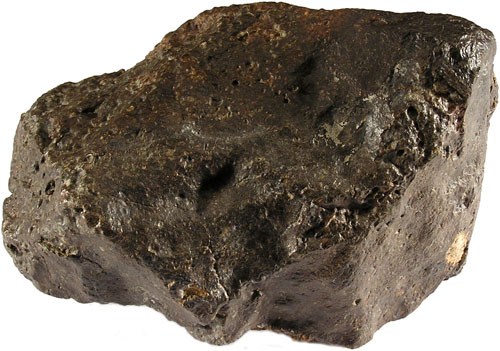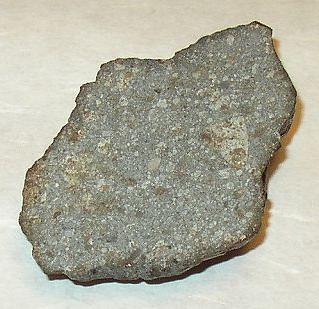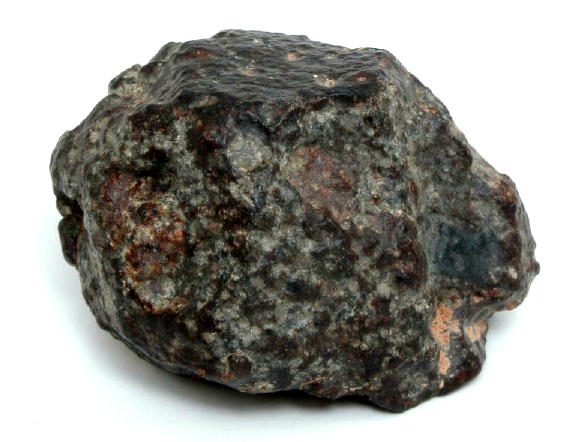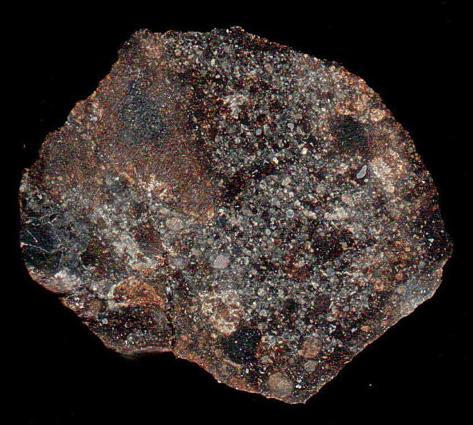


- Meteorites For Sale - Found A Meteorite? - Monthly Favourite - Meteorite Information - Classification List - Meteorite Collection - Media Centre - Home - Search - Site Map - Contact |
|
NWA 869 (Northwest Africa 869) NWA 869 is one of the most interesting Ordinary Chondrites found in Northwest Africa. The meteorite was discovered in 2000 near Tindouf in Algeria and some estimates indicate that up to 3000kg in the form of thousands of stones have been found, making it one of the largest Total Known Weight meteorites to come out of Northwest Africa. This meteorite has also been given other names including NWA 787, NWA 900 and likely many, many more. It is a very attractive looking meteorite and has a number of distinguishing features. When cut and polished, the matrix is full of colour and chondrules as you can see in the photos below. Some pieces also display what look like carbonaceous inclusions and some also show clear brecciation. The stones of this meteorite vary quite widely which makes classification difficult. As mentioned, some individuals will show the dark inclusions and brecciation, while others will not even hint at it. This meteorite has been classified a number of times by different institutions around the world and they have all come up with a different classification. One thing they all agree on however, is that it's an L-Chondrite! UCLA originally classified NWA 869 as L4, but later reclassified it to L5. It has also been classified as L3.9-6 and L6. A couple of these classifications have also stated that it is brecciated. NWA 869 has now been officially published in Meteoritical Bulletin #90 as an L4-6 fragmental breccia with a Shock Rating of S3 and a Weathering Level of W1.
|



